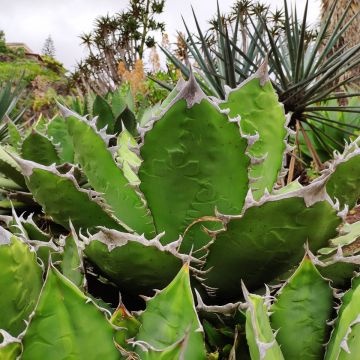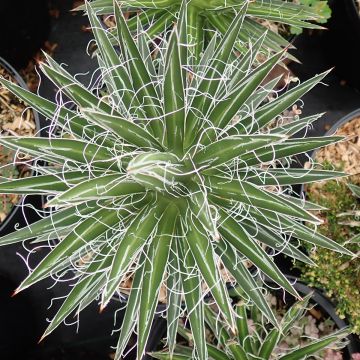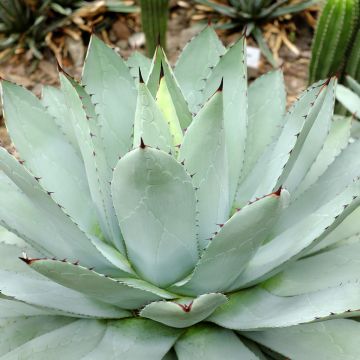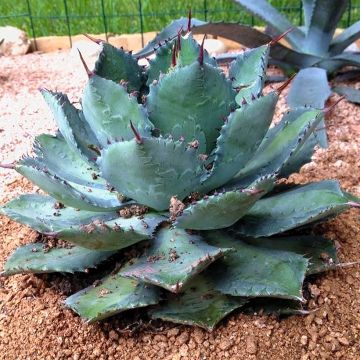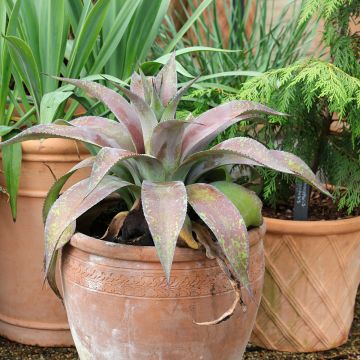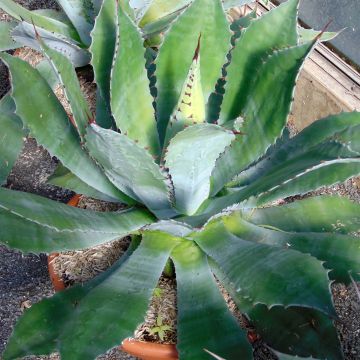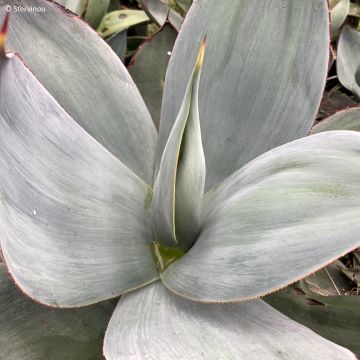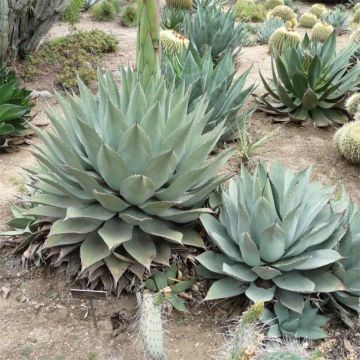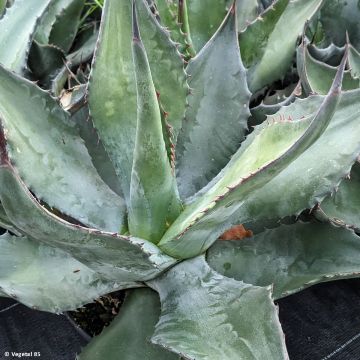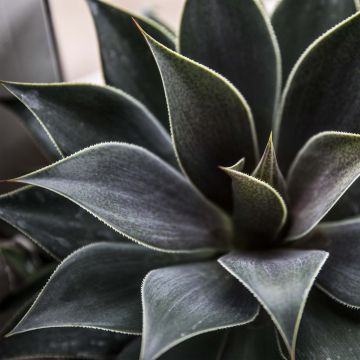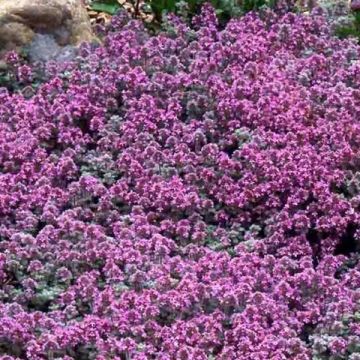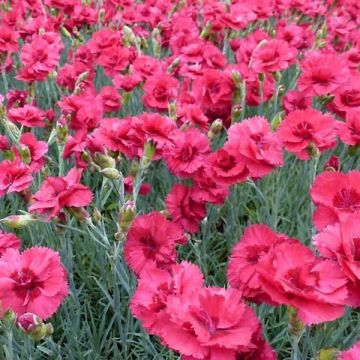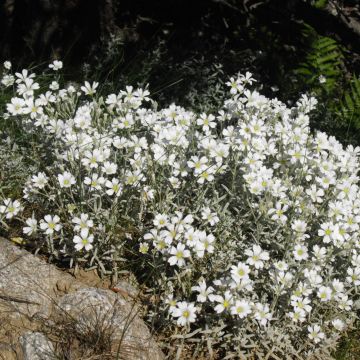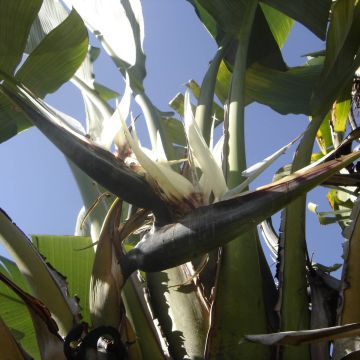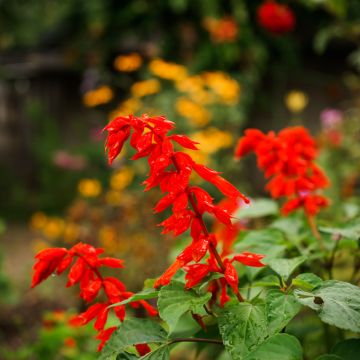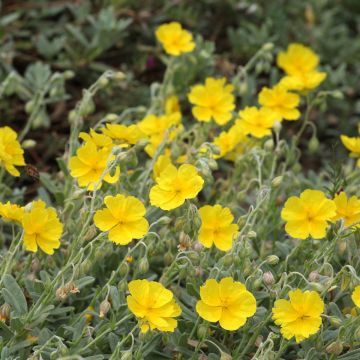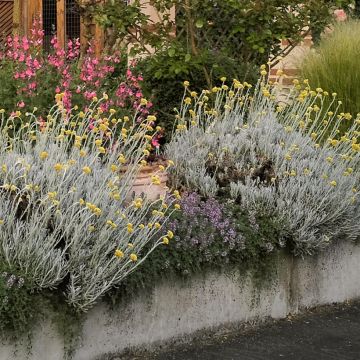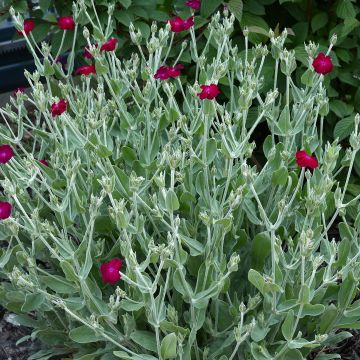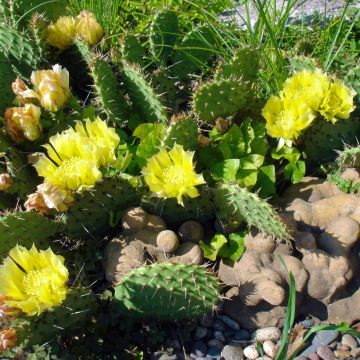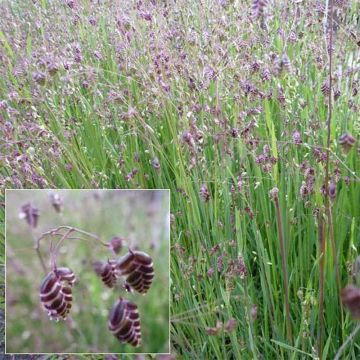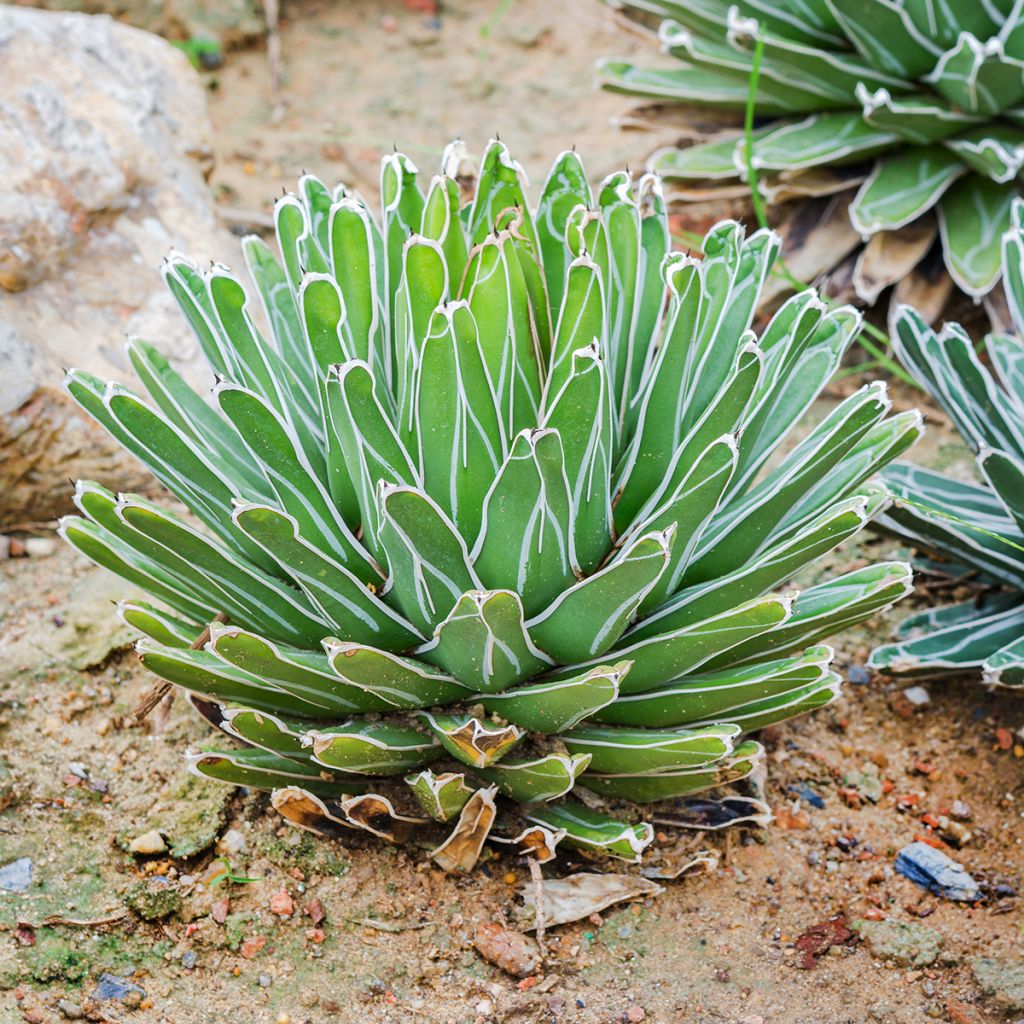

Agave victoriae reginae - Queen Victorias Agave
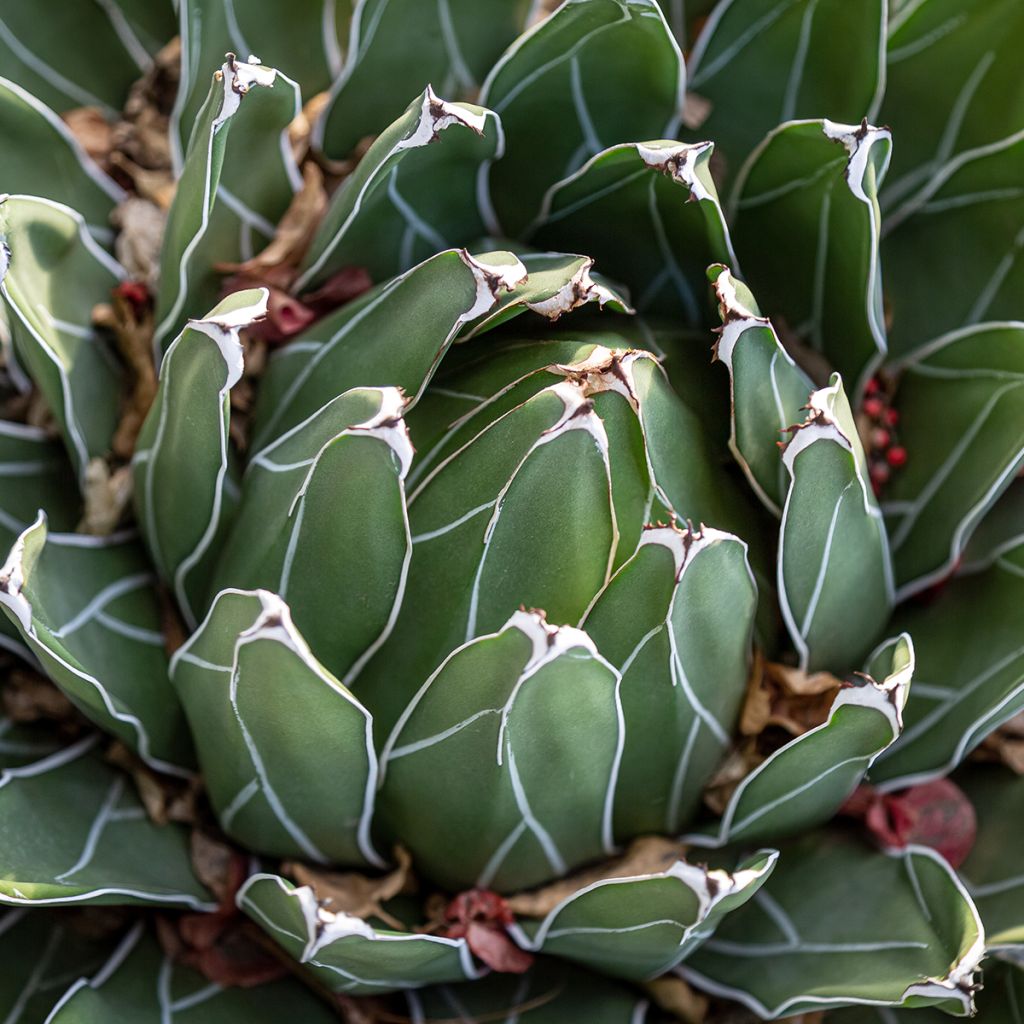

Agave victoriae reginae - Queen Victorias Agave
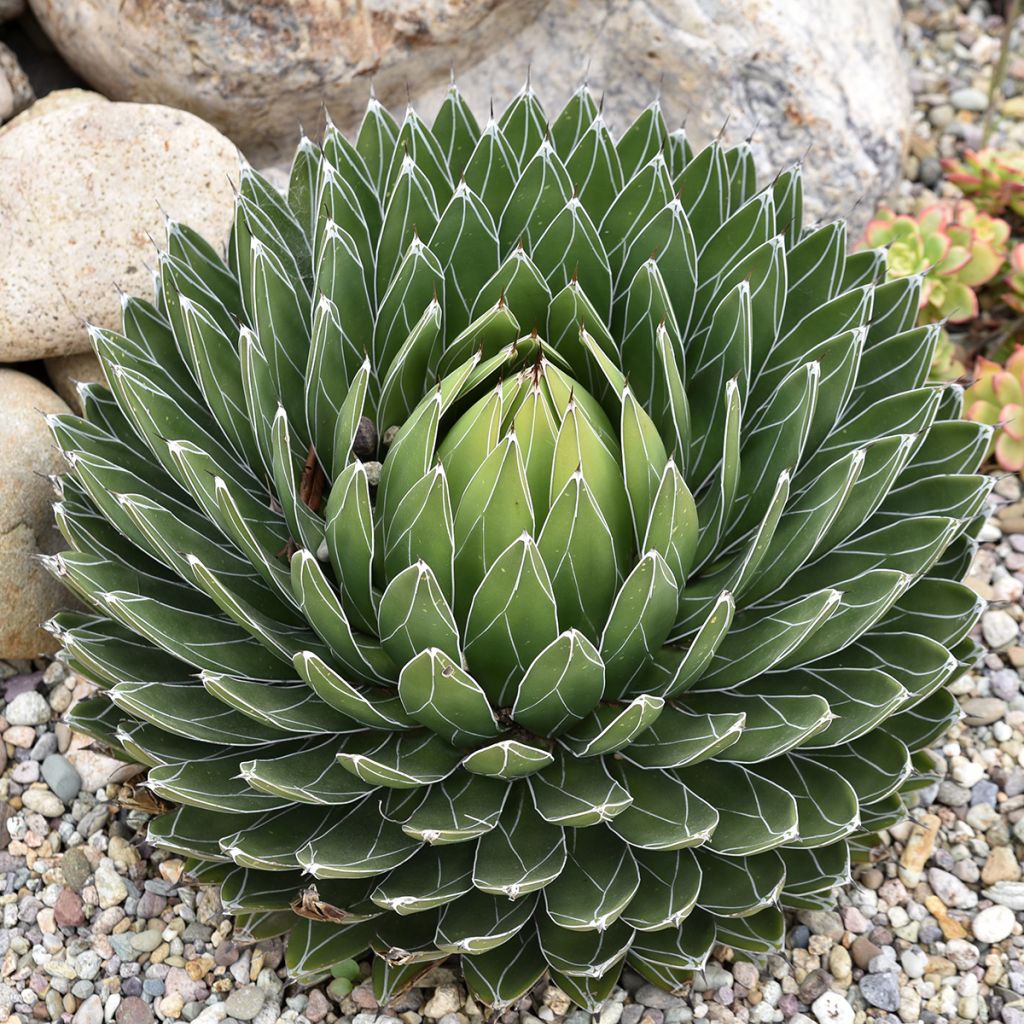

Agave victoriae reginae - Queen Victorias Agave
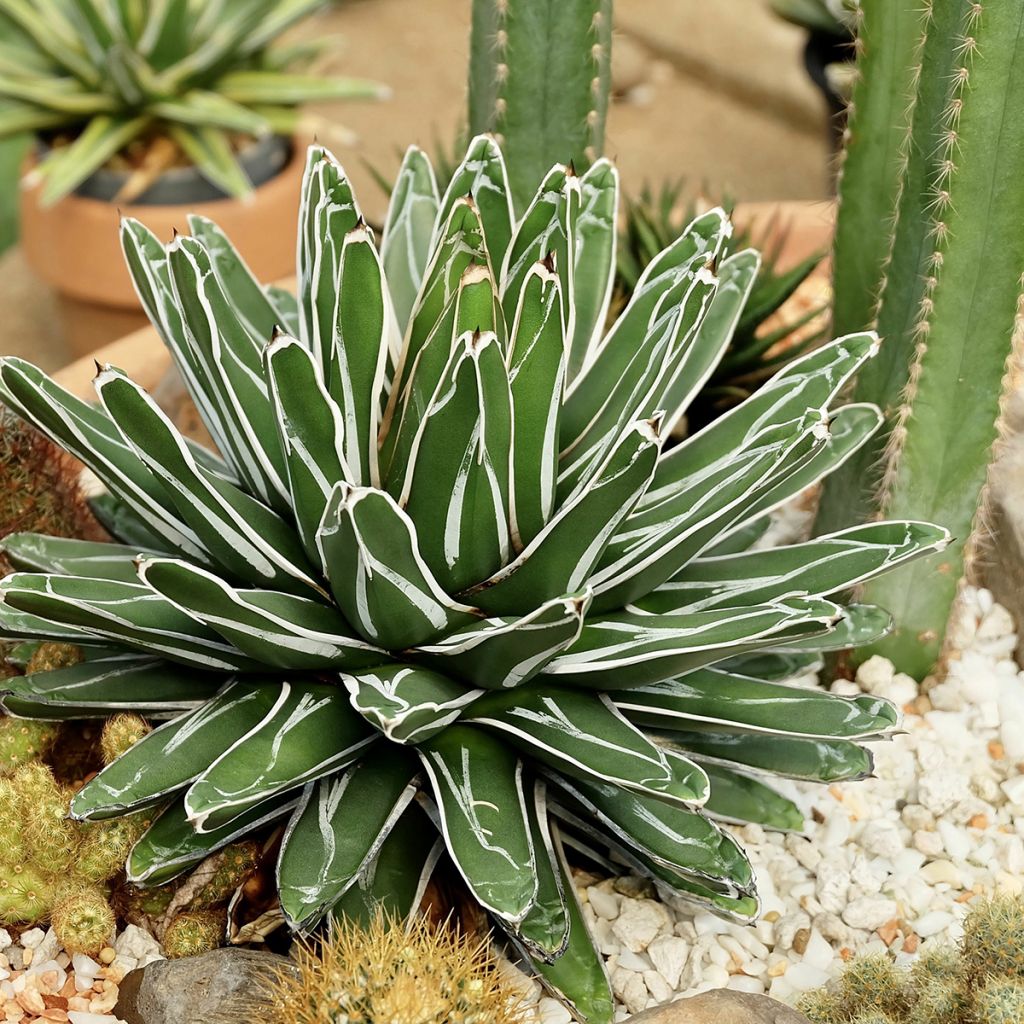

Agave victoriae reginae - Queen Victorias Agave
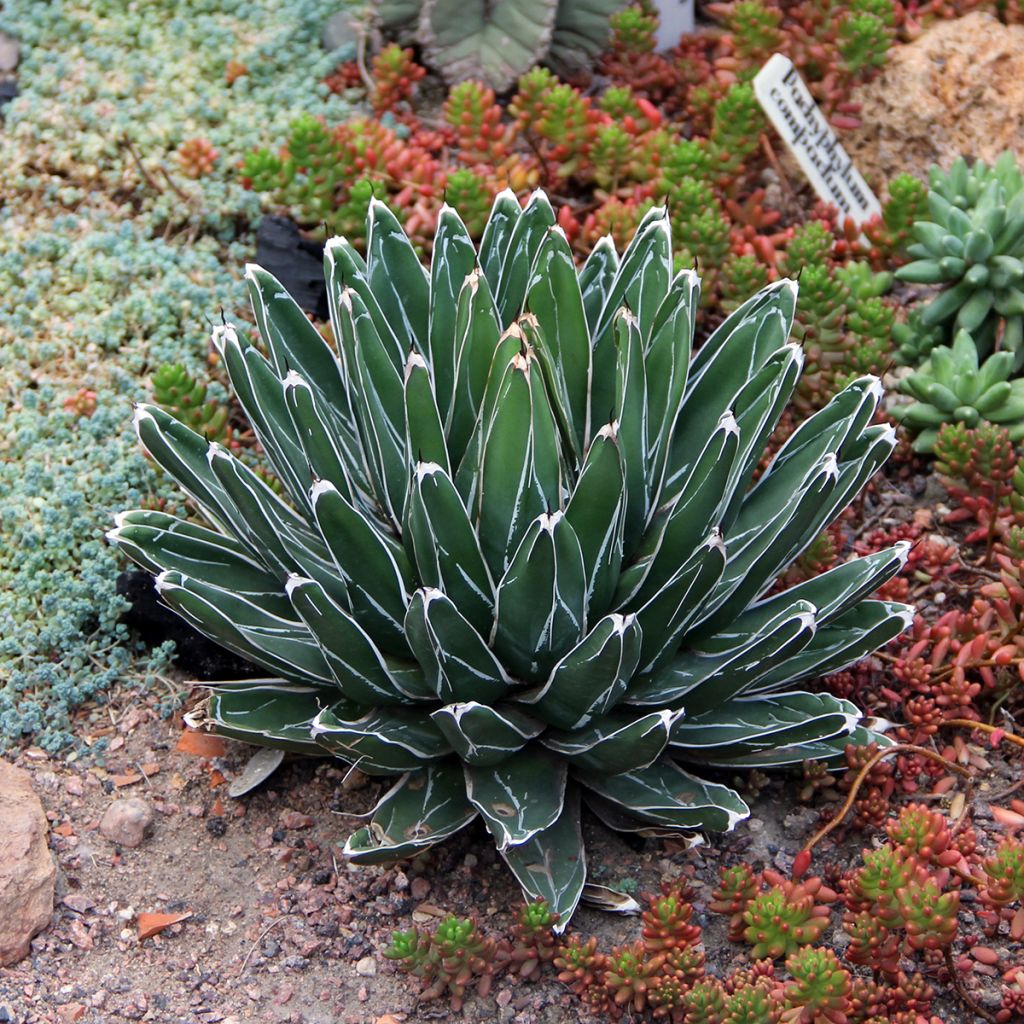

Agave victoriae reginae - Queen Victorias Agave
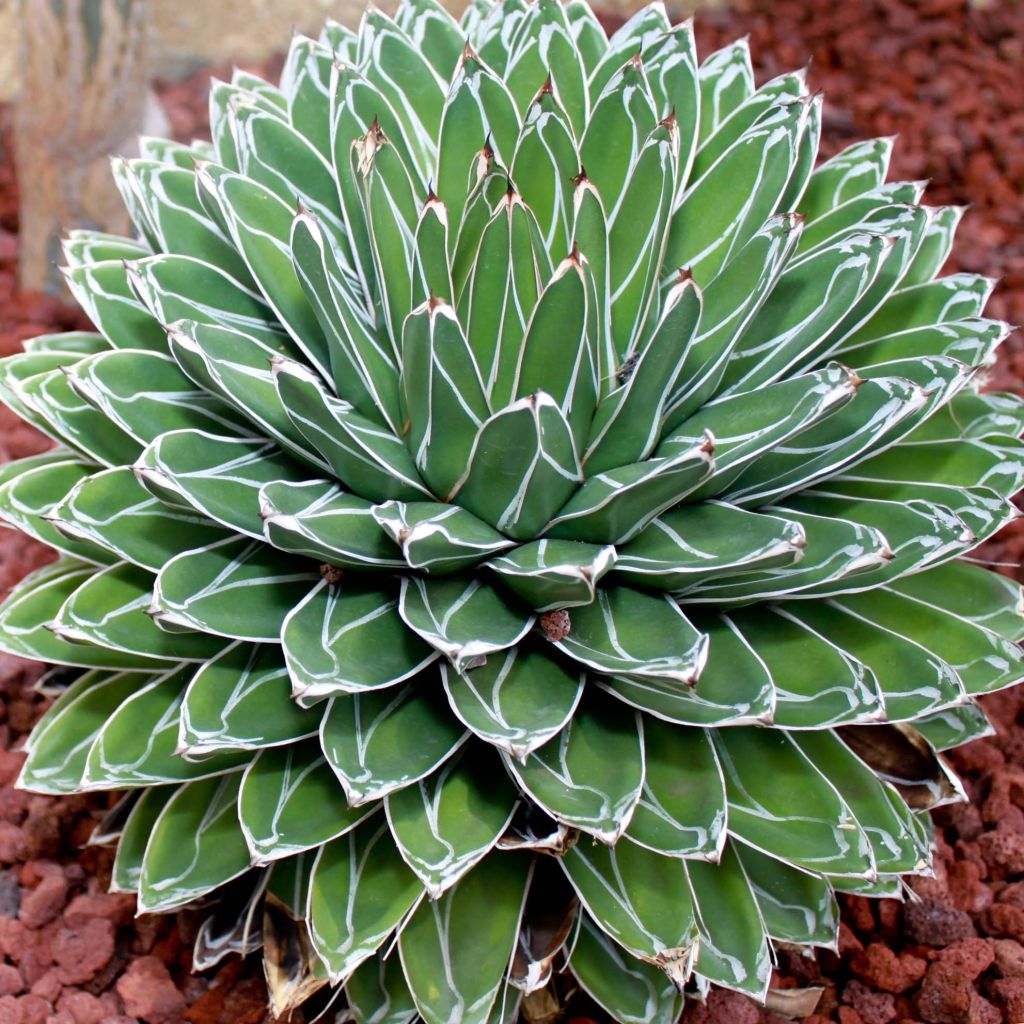

Agave victoriae reginae - Queen Victorias Agave
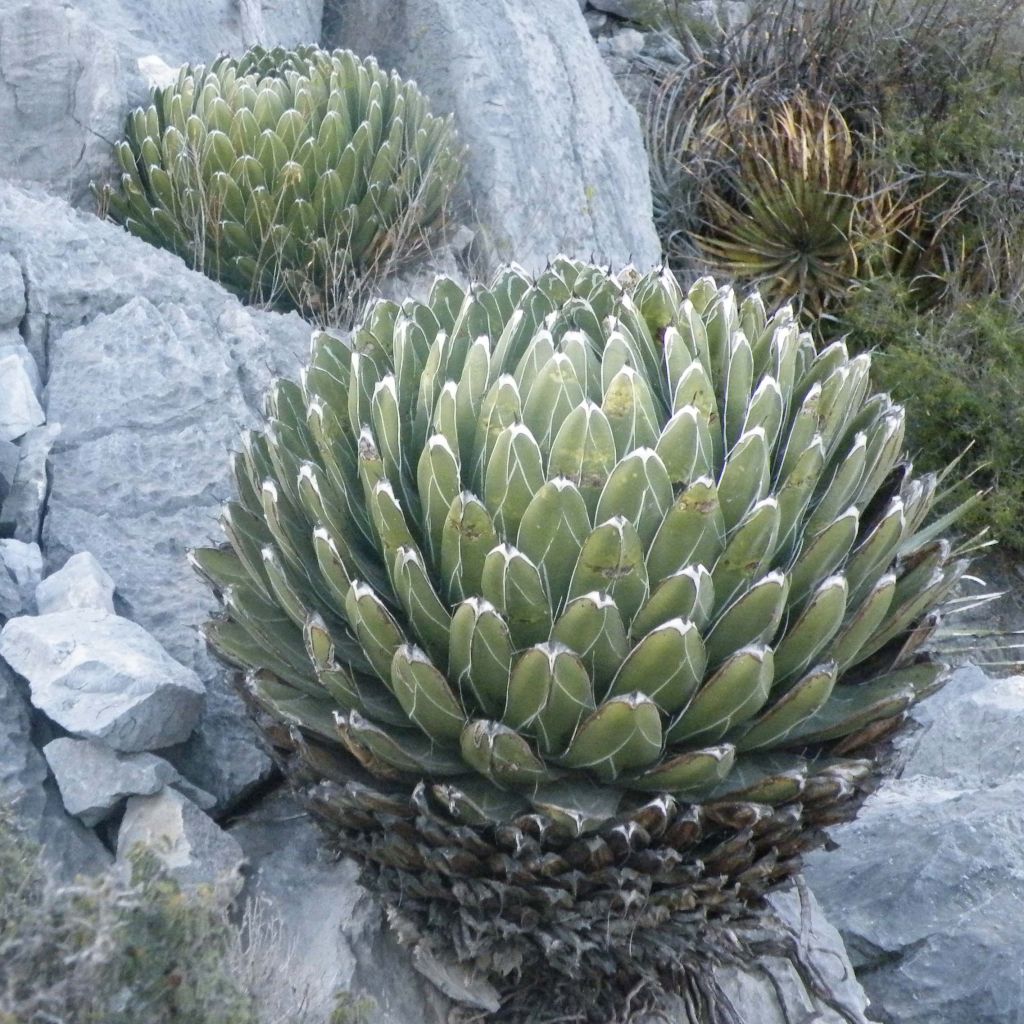

Agave victoriae reginae - Queen Victorias Agave
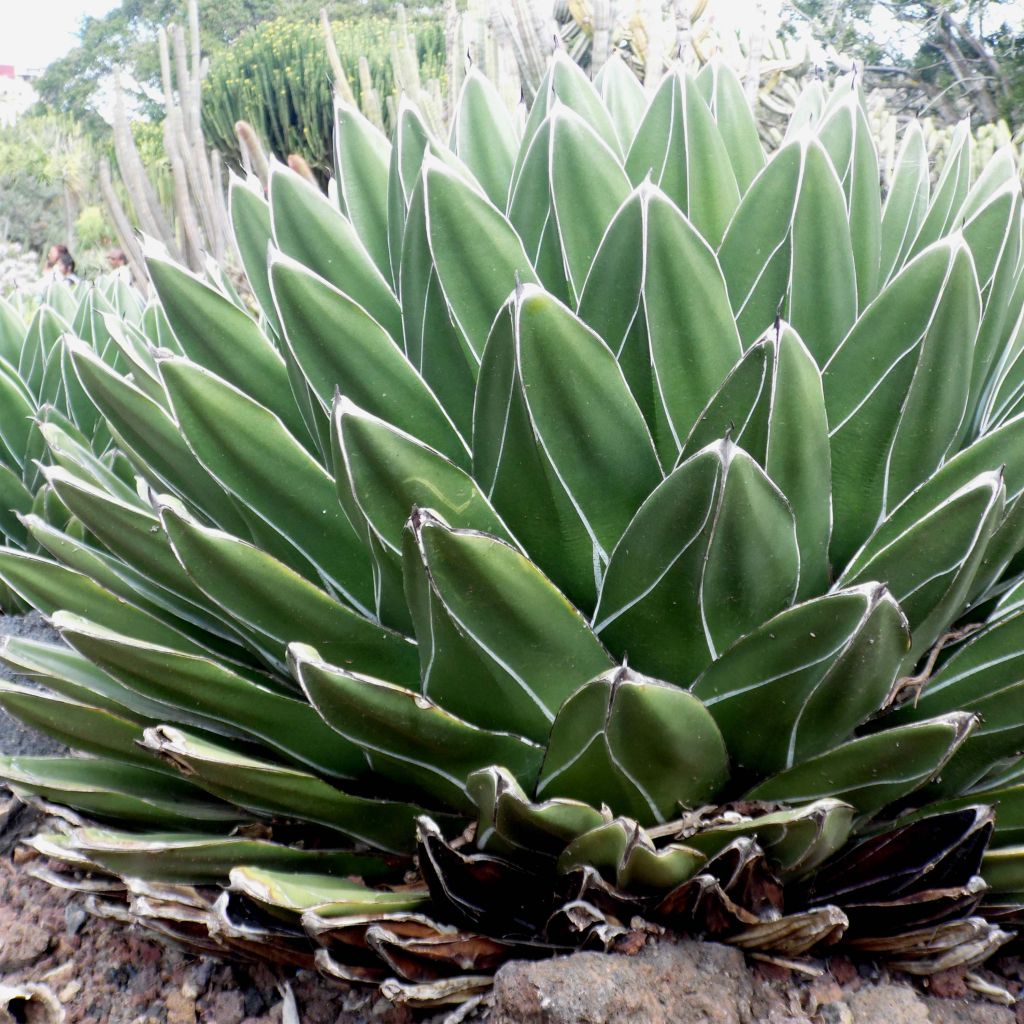

Agave victoriae reginae - Queen Victorias Agave
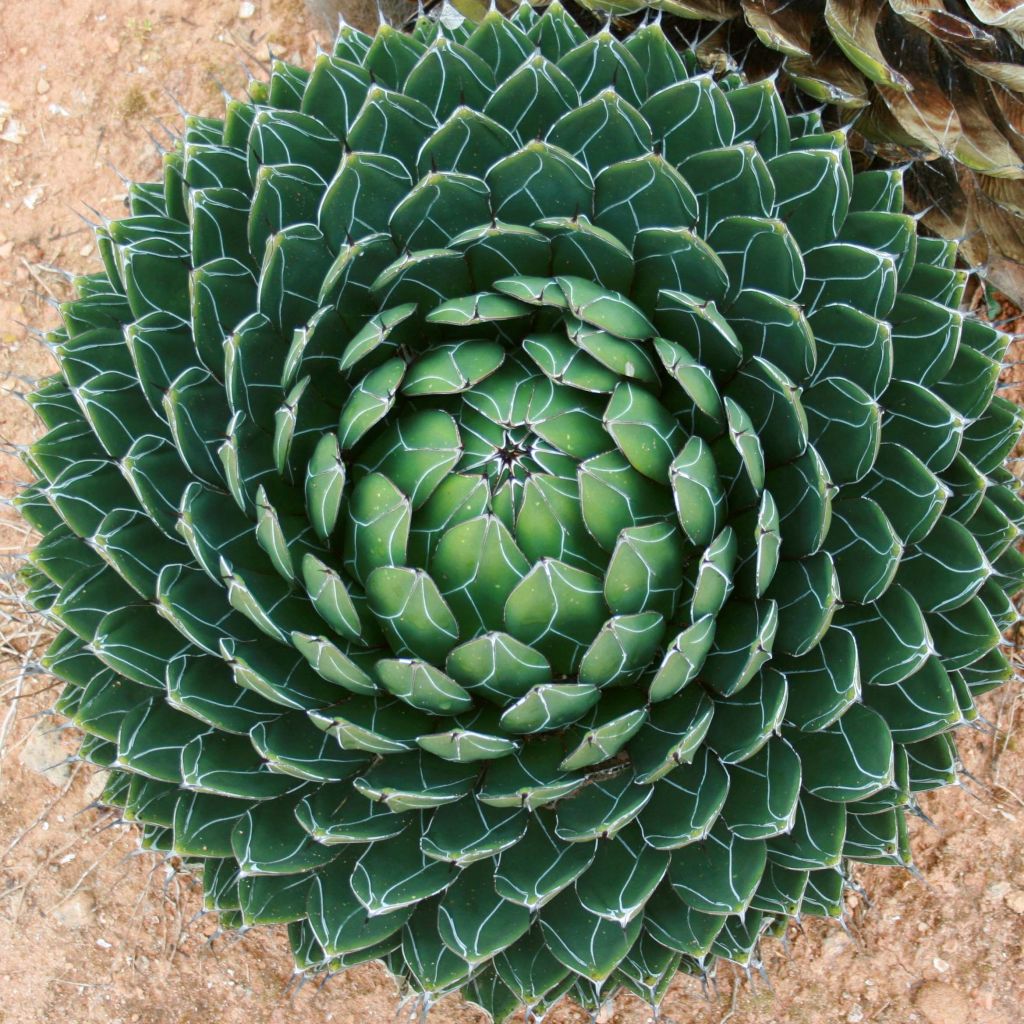

Agave victoriae reginae - Queen Victorias Agave
Agave victoriae reginae - Queen Victorias Agave
Agave victoriae-reginae
Queen Victoria's Century Plant
This item cannot be shipped to the selected country
Delivery charge from €5.90
Delivery charge from €5.90
Delivery charge from €5.90
More information
Schedule delivery date,
and select date in basket
This plant carries a 12 months recovery warranty
More information
We guarantee the quality of our plants for a full growing cycle, and will replace at our expense any plant that fails to recover under normal climatic and planting conditions.
From €5.90 for pickup delivery and €6.90 for home delivery
Express home delivery from €8.90.
From €5.90 for pickup delivery and €6.90 for home delivery
Express home delivery from €8.90.
From €5.90 for pickup delivery and €6.90 for home delivery
Express home delivery from €8.90.

Does this plant fit my garden?
Set up your Plantfit profile →
Description
Agave victoriae reginae, known as the Queen Victoria Agave, is a small botanical species first discovered in 1875, which has since had a remarkable career in exotic gardens and among collections of succulent plants. This plant forms a rosette of stiff, fairly light green leaves with white margins. This agave is not the hardiest, as it will perish at the first frost in damp soil. In full sun and rocky soil, planted on a south-facing slope, it will, however, withstand temperatures as low as -6° C (21.2° F). In warm regions, grow it in open ground in very well-drained soil that is never waterlogged. Elsewhere, plant it in a large pot, which will provide a beautiful display on a terrace or balcony during the summer months.
Native to western Mexico, Agave victoriae reginae grows at altitudes between 1200 m (3937 ft) and 1500 m (4921.3 ft). This slow-growing species is adapted to mild climates. It belongs to the Agave family, just like Yuccas. This perennial succulent herbaceous plant has rhizomes capable of producing suckers, but it reproduces more easily through its seeds. It is almost devoid of aerial stems. Its dense, perfectly round rosette will reach a height of 50 cm (19.7 in) and a diameter of 40 cm (15.7 in) at maturity. It consists of green, short and stout, stiff, triangular leaves without lateral spines but ending in a short, black, twisted spine, sometimes surrounded by small basal spines. The fairly hard white margins create very decorative arabesques. Young specimens are very different from adults, which over time become perfectly round plants with perfect geometry. When a rosette is mature, after many years, it produces a flowering stem that can reach a height of up to 5 m (16.4 ft). Horizontally branched, it bears flattened and spherical panicles of 5 cm (2 in) composed of cream-white flowers, sometimes tinged with purple, which, after pollination, will produce fruits containing the seeds. The rosette, referred to as semelparous, dies after this flowering, which lasts several months. One of the characteristics of this form is that it produces few or no small peripheral rosettes to ensure its perpetuity.
This collectible agave suits mild climates in a large rock garden, on a south-facing slope, or at the edges of a dry garden, where its remarkable silhouette will stand out beautifully against a minimalist, mineral decor, punctuated by a few wild grasses such as Stipa ichu or Stipa gigantea. It can be planted with Prickly Pear, giant fennel, and hardy cactus candles (Cleistocactus strausii, Cylindropuntia imbricata). This agave can also be cultivated in a pot on a terrace, among a collection of cacti, by carefully choosing the sunniest spot and ensuring it is protected from winter rains. In this way, you can recreate a garden reminiscent of those that flourish on the other side of the world!
The Agave is also an edible plant, with which mescal, an alcoholic beverage obtained by fermenting its juice rich in sugars, is made in Mexico. It is also used in traditional medicine in Mexico, Brazil, and India, and has proven antifungal properties. The inflorescences are very attractive to numerous pollinating insects.
Report an error about the product description
Agave victoriae reginae - Queen Victorias Agave in pictures
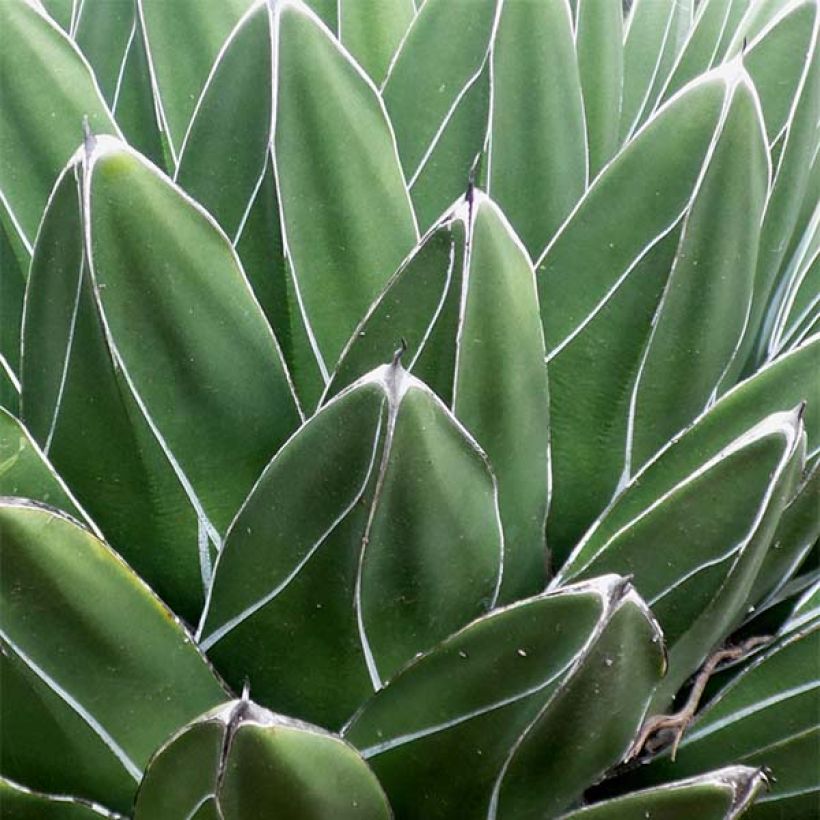

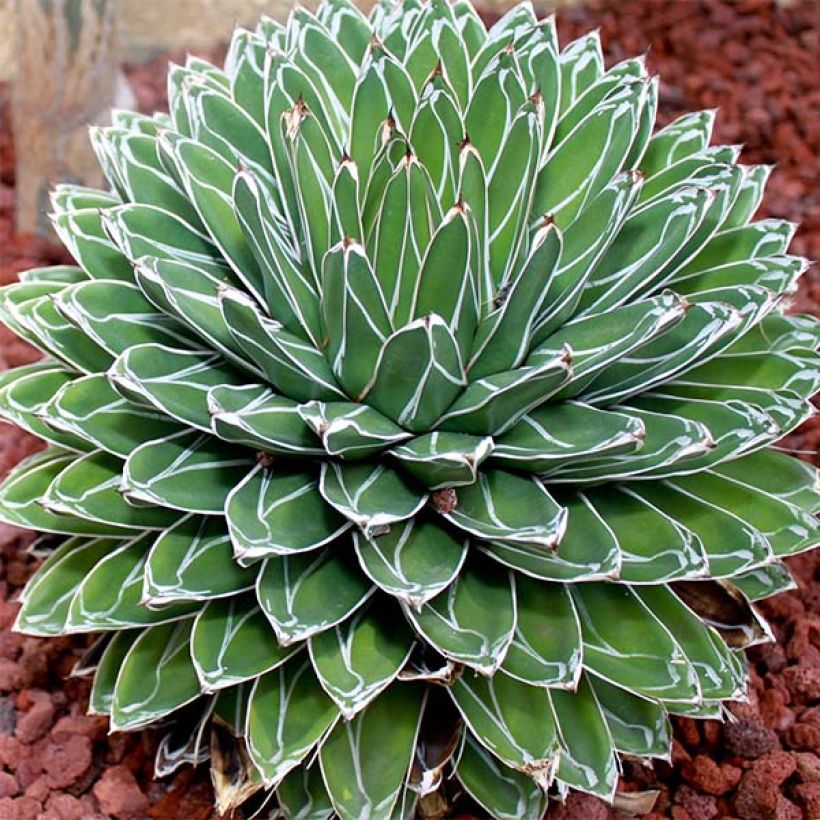

Flowering
Foliage
Plant habit
Botanical data
Agave
victoriae-reginae
Agavaceae
Queen Victoria's Century Plant
North America
Other Agave
Planting and care
In warm regions, plant Agave victoriae reginae in full sun, in a hot location, on a slope or a dry embankment. Choose poor, very rocky, calcareous or non-calcareous, sandy, well-drained soil. It does not tolerate winter humidity and cold, but can endure dry cold, in soil that remains dry. As it also tolerates dry soils in summer, dig a 50 cm (19.7 in) hole, fill it with a mixture of rocks and light soil, and plant the agave. Ensure its collar does not sit in stagnant water. It will thrive with abundant but spaced watering. The drier the soil, the more it will withstand frost, down to about -6° C (21.2° F).
Since the plant has a fairly modest growth, it can be grown in a pot on a terrace or balcony, in a light substrate such as cactus soil, with careful drainage, preferably in terracotta. It will then be easy to store the pot away from strong frost and humidity, in a bright, well-ventilated, minimally heated space (between 0° C and 5° C). Reduce or even stop watering in winter. The plant can spend the warmer weather, from April to October, outdoors. When you take it out, gradually acclimate it to the sun to avoid leaf burns. It should be placed in partial shade for 2 to 3 weeks before facing full sun.
Wear protective gloves when handling this plant.
Planting period
Intended location
Care
-
, onOrder confirmed
Reply from on Promesse de fleurs
Mediterranean perennials
Haven't found what you were looking for?
Hardiness is the lowest winter temperature a plant can endure without suffering serious damage or even dying. However, hardiness is affected by location (a sheltered area, such as a patio), protection (winter cover) and soil type (hardiness is improved by well-drained soil).

Photo Sharing Terms & Conditions
In order to encourage gardeners to interact and share their experiences, Promesse de fleurs offers various media enabling content to be uploaded onto its Site - in particular via the ‘Photo sharing’ module.
The User agrees to refrain from:
- Posting any content that is illegal, prejudicial, insulting, racist, inciteful to hatred, revisionist, contrary to public decency, that infringes on privacy or on the privacy rights of third parties, in particular the publicity rights of persons and goods, intellectual property rights, or the right to privacy.
- Submitting content on behalf of a third party;
- Impersonate the identity of a third party and/or publish any personal information about a third party;
In general, the User undertakes to refrain from any unethical behaviour.
All Content (in particular text, comments, files, images, photos, videos, creative works, etc.), which may be subject to property or intellectual property rights, image or other private rights, shall remain the property of the User, subject to the limited rights granted by the terms of the licence granted by Promesse de fleurs as stated below. Users are at liberty to publish or not to publish such Content on the Site, notably via the ‘Photo Sharing’ facility, and accept that this Content shall be made public and freely accessible, notably on the Internet.
Users further acknowledge, undertake to have ,and guarantee that they hold all necessary rights and permissions to publish such material on the Site, in particular with regard to the legislation in force pertaining to any privacy, property, intellectual property, image, or contractual rights, or rights of any other nature. By publishing such Content on the Site, Users acknowledge accepting full liability as publishers of the Content within the meaning of the law, and grant Promesse de fleurs, free of charge, an inclusive, worldwide licence for the said Content for the entire duration of its publication, including all reproduction, representation, up/downloading, displaying, performing, transmission, and storage rights.
Users also grant permission for their name to be linked to the Content and accept that this link may not always be made available.
By engaging in posting material, Users consent to their Content becoming automatically accessible on the Internet, in particular on other sites and/or blogs and/or web pages of the Promesse de fleurs site, including in particular social pages and the Promesse de fleurs catalogue.
Users may secure the removal of entrusted content free of charge by issuing a simple request via our contact form.
The flowering period indicated on our website applies to countries and regions located in USDA zone 8 (France, the United Kingdom, Ireland, the Netherlands, etc.)
It will vary according to where you live:
- In zones 9 to 10 (Italy, Spain, Greece, etc.), flowering will occur about 2 to 4 weeks earlier.
- In zones 6 to 7 (Germany, Poland, Slovenia, and lower mountainous regions), flowering will be delayed by 2 to 3 weeks.
- In zone 5 (Central Europe, Scandinavia), blooming will be delayed by 3 to 5 weeks.
In temperate climates, pruning of spring-flowering shrubs (forsythia, spireas, etc.) should be done just after flowering.
Pruning of summer-flowering shrubs (Indian Lilac, Perovskia, etc.) can be done in winter or spring.
In cold regions as well as with frost-sensitive plants, avoid pruning too early when severe frosts may still occur.
The planting period indicated on our website applies to countries and regions located in USDA zone 8 (France, United Kingdom, Ireland, Netherlands).
It will vary according to where you live:
- In Mediterranean zones (Marseille, Madrid, Milan, etc.), autumn and winter are the best planting periods.
- In continental zones (Strasbourg, Munich, Vienna, etc.), delay planting by 2 to 3 weeks in spring and bring it forward by 2 to 4 weeks in autumn.
- In mountainous regions (the Alps, Pyrenees, Carpathians, etc.), it is best to plant in late spring (May-June) or late summer (August-September).
The harvesting period indicated on our website applies to countries and regions in USDA zone 8 (France, England, Ireland, the Netherlands).
In colder areas (Scandinavia, Poland, Austria...) fruit and vegetable harvests are likely to be delayed by 3-4 weeks.
In warmer areas (Italy, Spain, Greece, etc.), harvesting will probably take place earlier, depending on weather conditions.
The sowing periods indicated on our website apply to countries and regions within USDA Zone 8 (France, UK, Ireland, Netherlands).
In colder areas (Scandinavia, Poland, Austria...), delay any outdoor sowing by 3-4 weeks, or sow under glass.
In warmer climes (Italy, Spain, Greece, etc.), bring outdoor sowing forward by a few weeks.

































